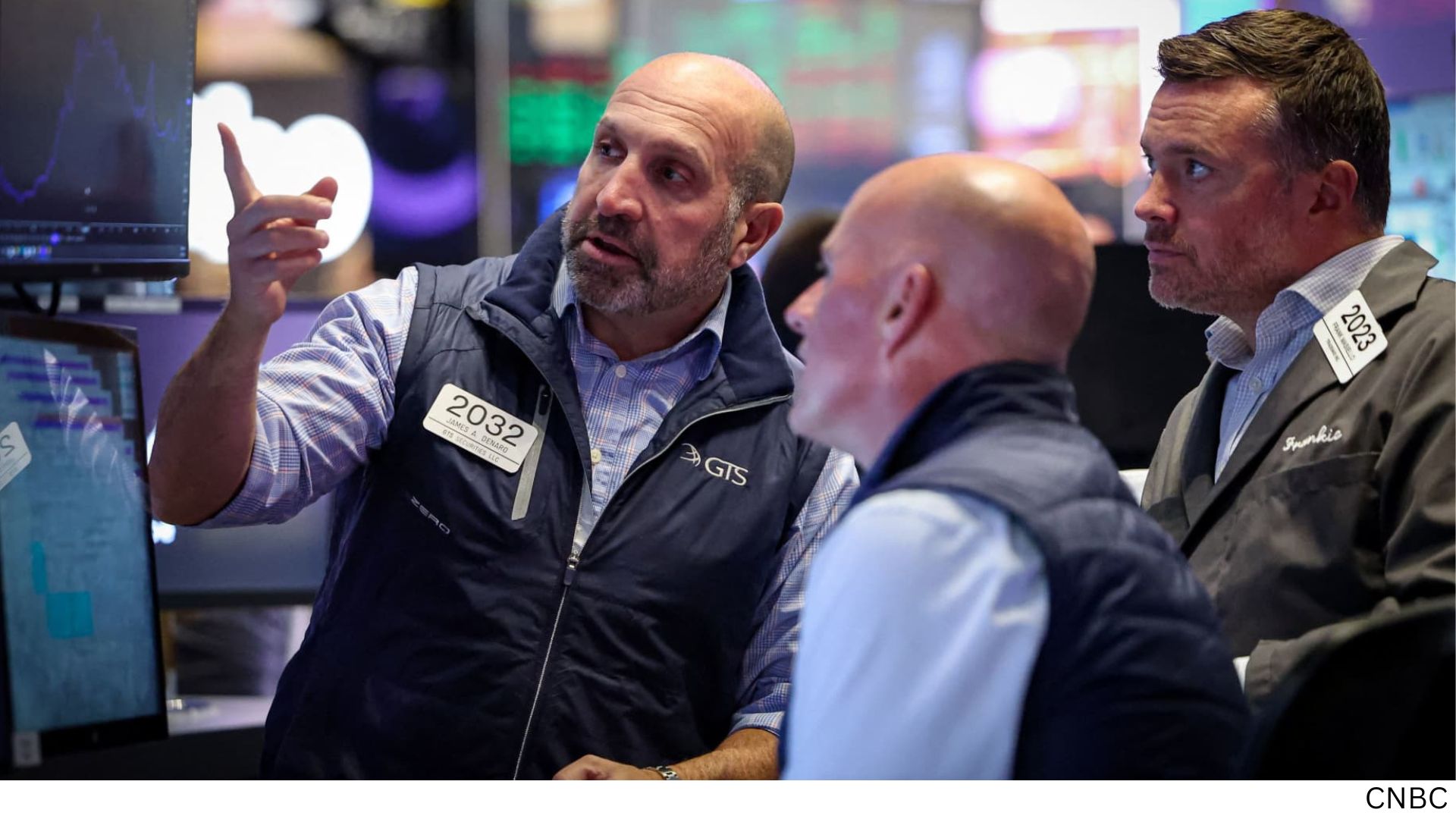Stock futures tumbled on Tuesday as concerns about a potential U.S. government shutdown weighed on investor sentiment, even as Wall Street prepares to close out an unusually strong September. Futures tied to the Dow Jones Industrial Average fell 127 points, or 0.3%, while S&P 500 and Nasdaq-100 futures slipped 0.2%, reflecting growing apprehension over a shutdown that could have both short-term and longer-term implications for the U.S. economy and financial markets.
Although government shutdowns have historically had only limited immediate effects on the stock market, this instance has triggered heightened caution due to the backdrop of a slowing labor market, elevated stock valuations, and fears of stagflation. Analysts warn that a shutdown could also prompt rating agencies to revisit the U.S. credit situation, which remains sensitive following Moody’s downgrade in May. The uncertainty surrounding fiscal and economic policies has amplified investors’ focus on potential risks that could emerge from a prolonged standoff in Washington.
The tension escalated after a meeting between President Donald Trump and top congressional Democrats and Republicans, with Vice President JD Vance commenting Monday evening: “I think we’re headed to a shutdown because the Democrats won’t do the right thing.” Adding to market anxiety, the Labor Department confirmed that the September nonfarm payrolls report, scheduled for release on Friday, would be delayed if government operations were suspended. The nonfarm payroll report is a key data release, often providing crucial insight into labor market conditions and influencing Federal Reserve policy decisions.
Further fueling concerns, President Trump warned over the weekend that a shutdown could result in mass firings of federal employees. Market strategists suggest that while the immediate economic damage from a short-term shutdown might be limited, the psychological impact on investors could lead to increased volatility. Jack Janasiewicz, lead portfolio strategist and portfolio manager at Natixis Investment Managers, explained, “With investors keenly aware of the risks to a softening labor market and simultaneously laser-focused on the signs of tariff pass-through to inflation, any delay in the collection of economic data resulting from the shutdown could lead to increased uncertainty. And with that increased uncertainty, we often see a pick-up in financial market volatility.”
Janasiewicz added that while a shutdown’s direct impact on economic growth and risk assets might not be lasting, the longer the uncertainty persists, the greater the potential risk to market stability. Adam Crisafulli, founder of Vital Knowledge, echoed this view, stating that a prolonged shutdown would increasingly weigh on market sentiment, particularly if it disrupts the release of critical economic data. “When it comes to Washington, the market widely expected a shutdown to happen, so investors are largely sitting tight for now,” Crisafulli noted. “But if this extends beyond two weeks, people will start to become more concerned.”
Despite the looming shutdown risks, major U.S. stock indexes have posted impressive gains in September. The S&P 500 has surged more than 3% this month, defying the historical average September decline of 4.2% over the past five years. The Dow Jones Industrial Average has climbed 1.7%, while the Nasdaq Composite, driven by strong performances in the technology sector, has outperformed with roughly a 5.3% gain.
Tuesday marks the end of the third quarter, and all three benchmark indexes are on track for solid quarterly gains. The S&P 500 is up 7.4% quarter-to-date, the Nasdaq Composite is set to record nearly an 11% gain, and the Dow is up 1.7% for the quarter, which would mark its fifth consecutive positive quarter. These gains underscore the market’s resilience in the face of geopolitical and domestic uncertainties, though strategists caution that a prolonged shutdown could still test investor confidence in the months ahead.
Investor attention remains closely focused on the intersection of government policy and economic performance. While traders are aware that government shutdowns typically cause temporary disruptions, the combination of delayed data releases, ongoing concerns about labor market weakness, and potential impacts on inflation expectations has heightened sensitivity to any further developments. Analysts suggest that short-term volatility is likely to persist until lawmakers reach an agreement to avert the shutdown, though the fundamental drivers of market growth remain largely intact.
In summary, U.S. stock futures declined Tuesday amid fears of a government shutdown, but Wall Street has still managed an exceptionally strong September, led by significant gains in the technology sector. Key data releases, including the nonfarm payrolls report, may be delayed if a shutdown occurs, adding uncertainty to an already cautious market. While economists and strategists anticipate potential short-term volatility, the broader outlook for the economy and equities continues to reflect underlying resilience, with investors monitoring developments in Washington closely as the quarter closes.
The looming shutdown highlights the delicate balance between political uncertainty and financial market performance, reminding investors that even in periods of strong equity gains, external factors like government operations and policy decisions can create volatility. As traders navigate this environment, market participants remain focused on economic indicators, corporate earnings, and fiscal developments that could influence market direction in the final months of the year.
Wall Street’s ability to post strong gains in September despite these headwinds demonstrates the market’s adaptability, though strategists caution that any extended uncertainty could temper sentiment in the near term. Investors are now closely watching congressional negotiations and federal government operations for signals that might stabilize sentiment and preserve the gains achieved over the past quarter.
The third-quarter close and ongoing September rally underscore the contrast between market optimism and political risk, with the Dow, S&P 500, and Nasdaq each reflecting gains that suggest investor confidence in corporate earnings and economic fundamentals, even as potential disruptions from a government shutdown create uncertainty on the horizon.





.png)
.png)
%20(3).png)
.png)